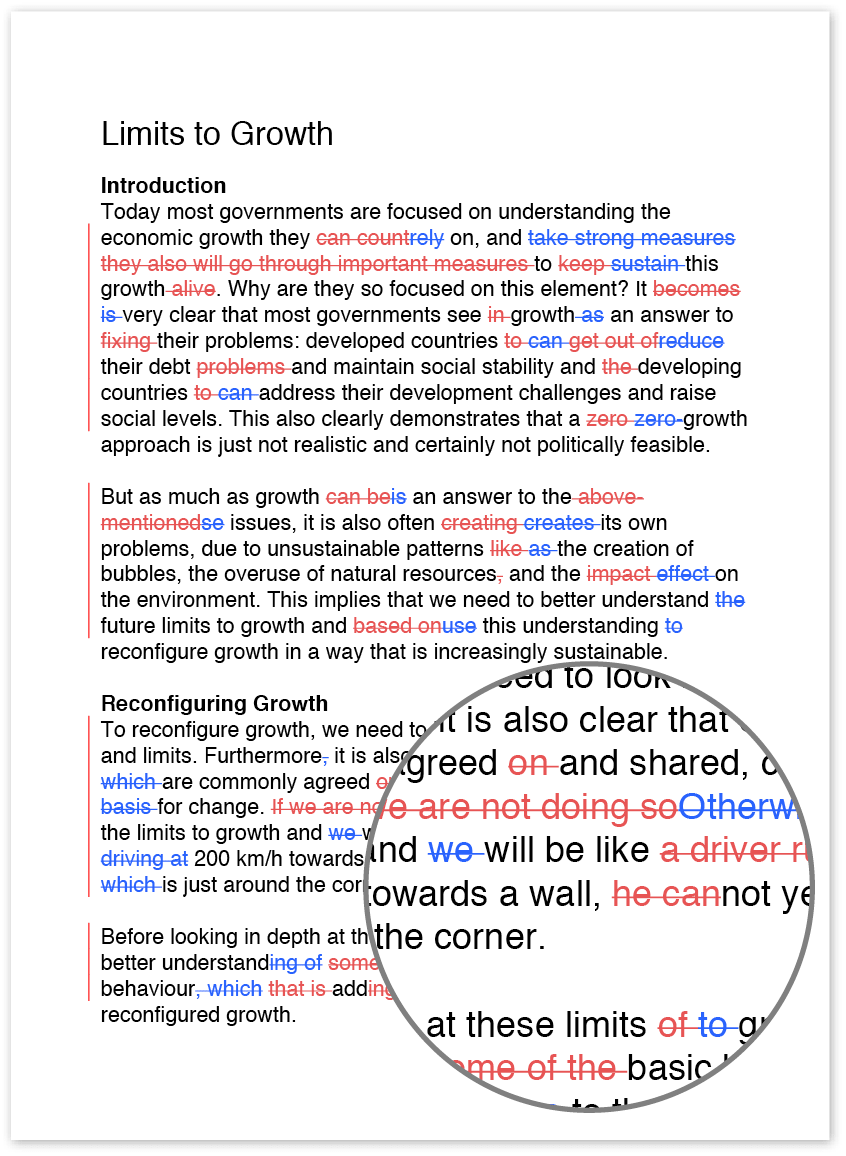Writing a novel
Although it would be great to have a simple list of steps to follow to write an outstanding novel, the truth is that there’s no one right way to do so. Every writer has his or her own process for developing ideas, writing text and revising stories. However, we can provide some tips that may make your process a little easier.
Don’t limit yourself when it comes to developing a story
Some writers swear by outlines, and others hate them. Some writers come up with the basic plot first, while others build a story around an engaging character or a fascinating world. Simply put, developing a story isn’t one size fits all. If you come up with a character you love but you’re not sure what to do with them, simply work on developing them as a character and see if that leads to any inspiration in terms of plot. Likewise, if you come up with an incredible idea for a plot, sketch it out some to figure out what kinds of characters you need to develop and what kinds of settings you need for that story.
As far as outlines, it never hurts to try outlining a story to see if doing so is helpful. If you start to feel like the outline is constricting you in terms of telling your story, feel free to ignore it and see if that helps.
Don’t worry about writing your story in a linear fashion
If you have ideas for some specific scenes that you know you want to include in your story, go ahead and write them. You can always set them aside and insert them into your novel once you know where they should go, fleshing them out and revising them to make them fit seamlessly. This approach can also help you move past stumbling blocks as you write—sometimes all you need is to spend a little time thinking about something else to get past your writer’s block.
Consider your reader as you write
If you have three characters named Jill, your reader might start getting confused about which Jill you’re talking about at any given time. Even though there may have been two Johns and three Emilys in your high school class, that doesn’t mean you should reuse names when it comes to naming your cast of characters. Likewise, try to show a clear differentiation between settings so your reader always knows where the action is taking place.
Feel free to include anything you think of in your first draft…
In your first draft, you can include anything and everything you want, such as a completely outlandish side plot and a whole host of crazy sidekicks for your protagonist. Doing so can lead you in some completely different yet totally worthwhile directions.
…but be ready to cut it ruthlessly in your revisions
Once you finish the first draft of your book, your work isn’t over. Then it’s time to go back and revise your work, cutting out or rewriting everything that doesn’t work within the story.
If you have three characters doing something that it would make sense for one character to do, combine those characters. If you have your team of heroes going to ten different places to complete a quest that they could complete by going to five places, rewrite your text and cut out the unnecessary locations.
Accept that your first book likely won’t be a masterpiece
Even though many of us dream of being a best-selling author who gets lucky with our first story, the reality is that it just doesn’t happen. Writing novels is hard. Very few authors will tell you that their first book was a raging success. It’s more likely that you’ll end up with a few not-so-good manuscripts on your hard drive or in your file cabinet before you come up with a truly great story.
Once you accept that and realise that all those not-great manuscripts were really great writing practice, you’ll feel much better. Just remember that those manuscripts that you never want to see again can be useful—you might just be able to scavenge bits of those stories, pulling out the really good elements to use in other books.

